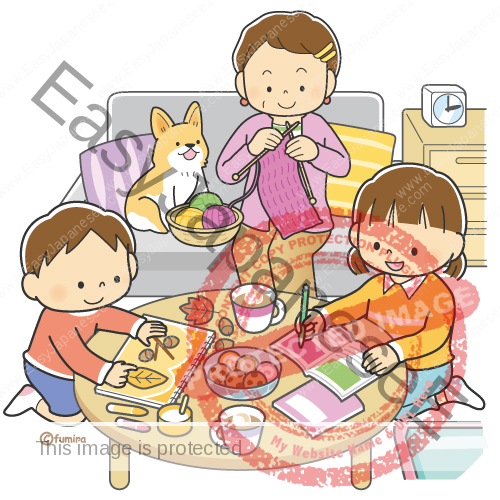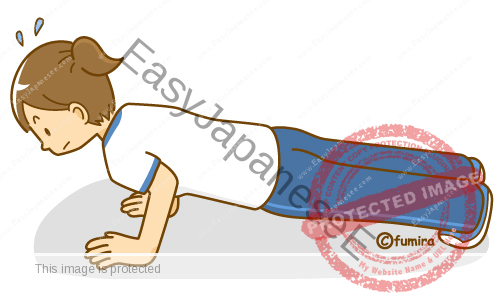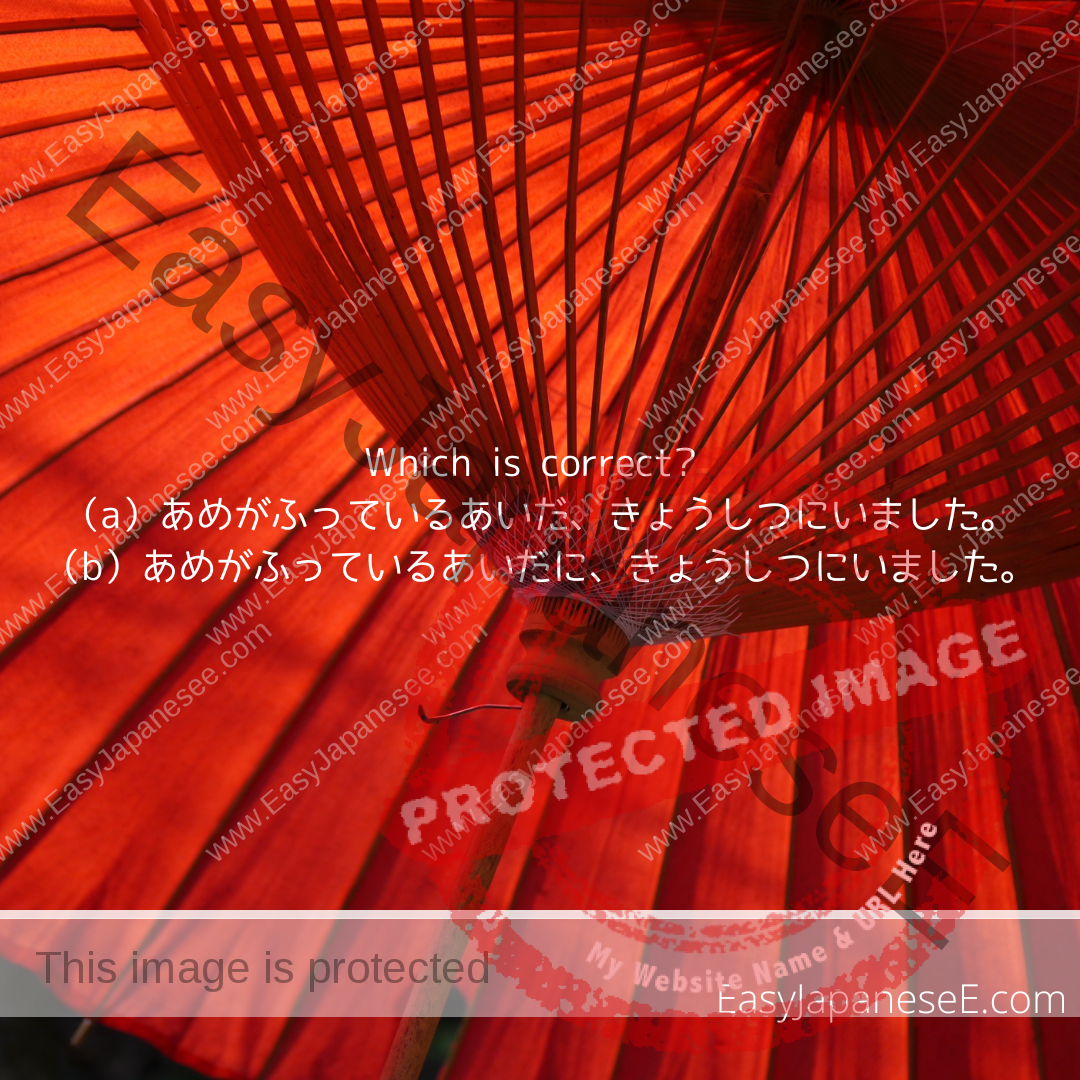~らしい and ~みたい have a similar meaning but when they are used with a noun in front of it, the nuances are quite different. This post explains how.


~らしい and ~みたい have a similar meaning but when they are used with a noun in front of it, the nuances are quite different. This post explains how.
When you read the above sentence, what kind of person did you think A is? らしい has two different…

ために and ように can both be translated as “in order to” but they are not always interchangeable. This post explains when to use which.

~あいだに and ~うちに can both be translated as “while ~” but they are not always interchangeable. This post explains when to use which.

あいだ can be used like a English conjunction “while” but adding に afterwards or not changes the nuance quite a bit. This post explains how.
そうです is often used in conversations. You can say はい、そうです (Yes, that’s correct) to give an affirmative answer regardless of…
Somebody asked me to correct this sentence: わたしはゲームをしながら、おんがくをきくこととユーチューブのビデオをみます。 There are a few things you have to consider here. First point…
One of my friends posted that in Facebook the other day. He was very happy that Andrés Iniesta joined a…
This sentence describes the same fact as きのうのよる、テレビをみました。The difference is there is a hint of regret, "I didn’t mean to…
Sometimes I come across a sentence like:おかあさんはわたしにチョコレートをかいました。This sentence is grammatically correct, but it is NOT appropriate. IF a native speaker…
